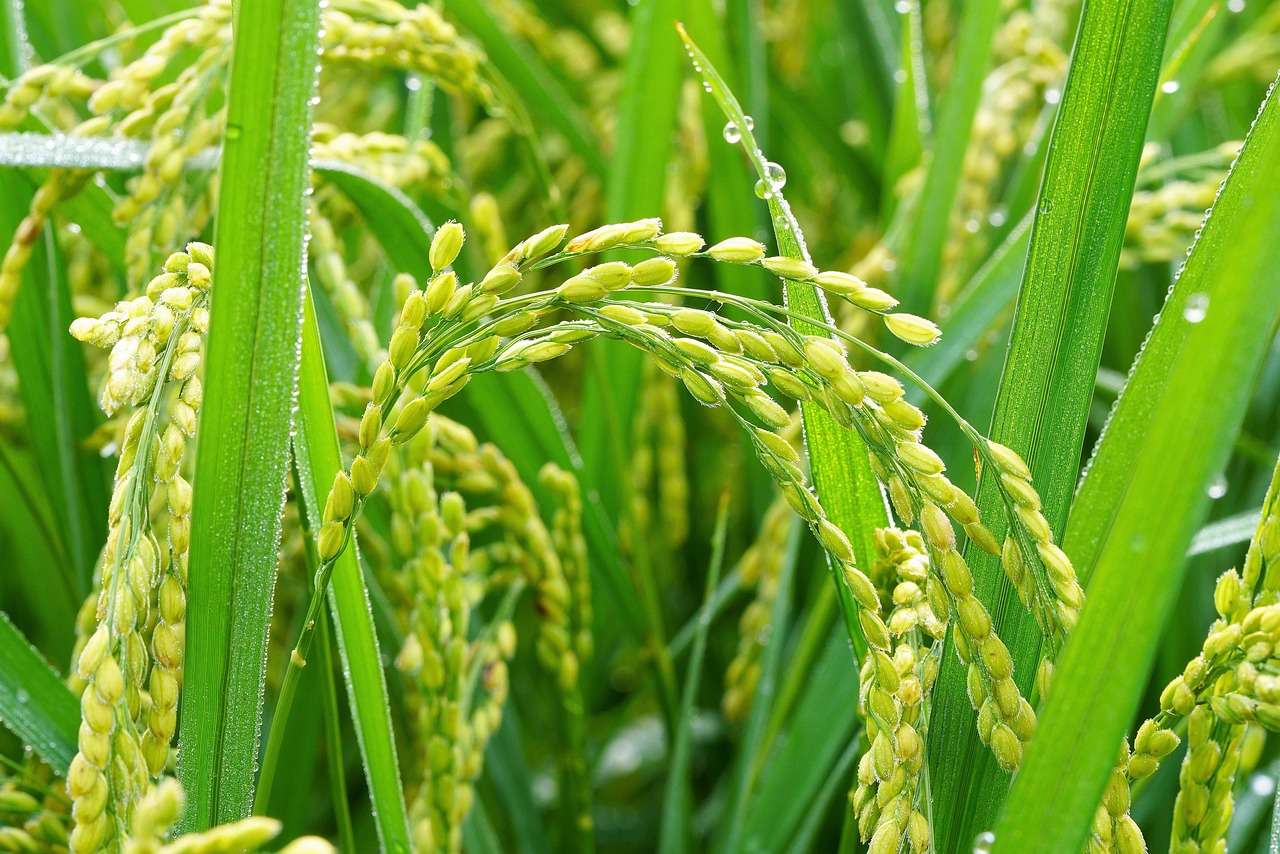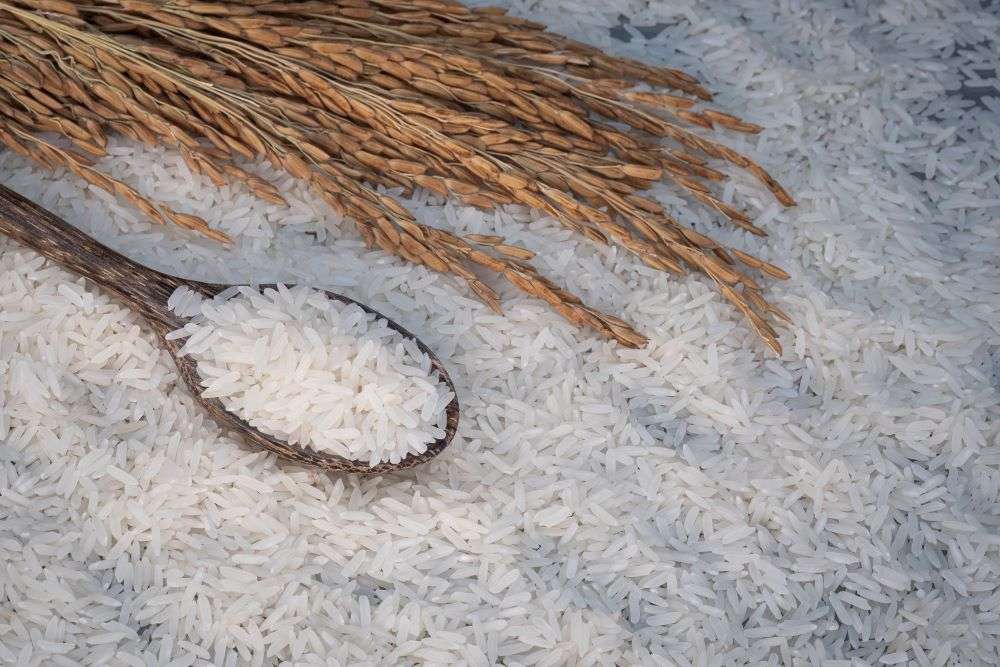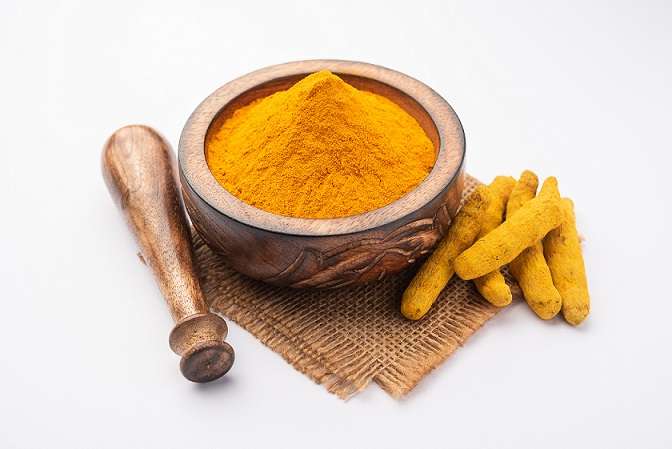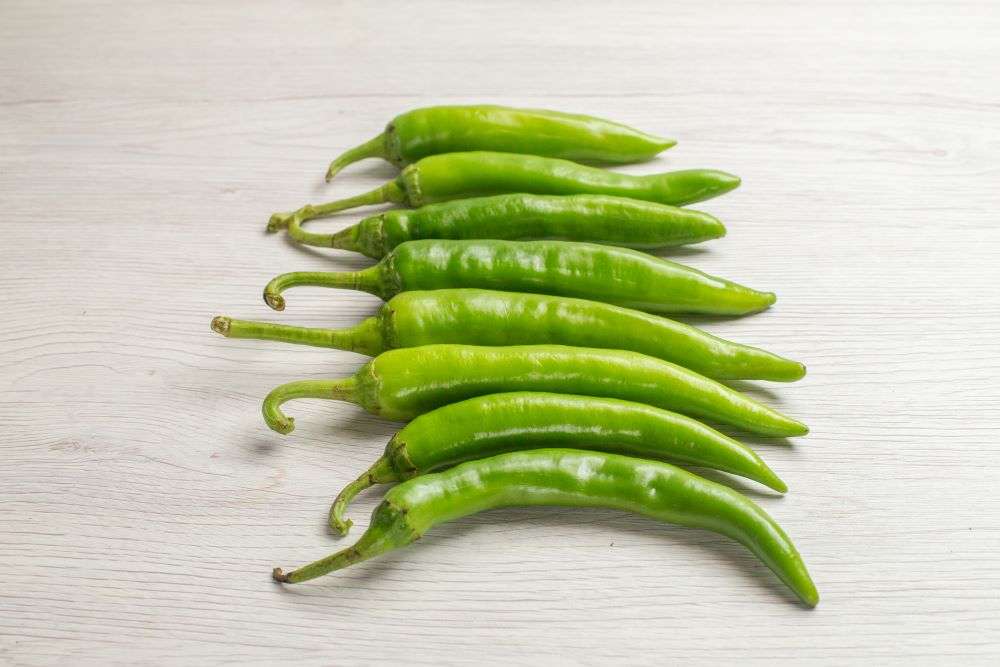India, a nation steeped in agricultural heritage, has become a pivotal player in the global rice market. Its vast rice fields, diverse varieties, and strategic export policies have propelled it to the forefront of rice exports, feeding millions across the world. This blog post explores the intricate tapestry of India’s rice export journey, its impact on the global market, and the challenges it navigates.
India: A Land of Rice Abundance
India’s agricultural landscape is dominated by rice cultivation, a staple food for a significant portion of its population and a crucial export commodity. The country’s favorable agro-climatic conditions, coupled with centuries of farming expertise, have positioned it as a leading rice producer.

Varietal Diversity:
- The aromatic Basmati rice, cherished for its long grains and distinct flavor, holds a premium position in the export market.
- Non-Basmati rice varieties, encompassing a wide range of grain sizes and qualities, cater to diverse consumer preferences in various regions.
Key Export Regions:
- The fertile plains of the Indo-Gangetic belt, including states like Punjab, Haryana, and Uttar Pradesh, are major contributors to Basmati rice production.
- Southern states like Andhra Pradesh, Telangana, and Tamil Nadu, along with eastern states like West Bengal, are significant producers of non-Basmati rice.
Driving Forces Behind India’s Export Surge:
Several factors have converged to fuel India’s remarkable rice export growth:
- Competitive Pricing: India offers rice at competitive prices, making it an attractive option for price-sensitive importing countries.
- Government Support: The Indian government has implemented export-friendly policies, including incentives, streamlined procedures, and infrastructure development, to boost rice exports.
- Global Demand: The growing global population, particularly in Asia and Africa, has increased the demand for affordable and accessible rice.
- Supply Chain Efficiency: Improvements in logistics, transportation, and port infrastructure have facilitated smoother and faster export operations.
- Market Diversification: India has successfully diversified its export destinations, reaching a wider range of countries across continents.
Global Reach: Key Export Destinations:
Indian rice has found its way to numerous countries, establishing a significant presence in diverse markets:
- Asia: Countries like Bangladesh, Nepal, and several Southeast Asian nations are major importers of Indian rice.
- Africa: Many African nations, including those in West Africa and East Africa, rely on Indian rice to meet their food security needs.
- Middle East: The Middle East region, with its large expatriate population, is a significant market for Basmati rice.
- Europe and North America: While primarily focused on Basmati, India also exports non-Basmati varieties to these regions, catering to specific market segments.

Challenges and Considerations:
Despite its success, India’s rice export sector faces several challenges:
- Climate Change Impacts: Erratic rainfall, droughts, and floods can disrupt rice production and affect export volumes.
- Water Management: Rice cultivation is water-intensive, and water scarcity poses a significant threat to sustainable production.
- Quality Standards: Maintaining consistent quality and meeting stringent international standards are crucial for retaining market share.
- Trade Barriers: Protectionist measures and trade restrictions imposed by importing countries can hinder export growth.
- Domestic Food Security vs. Exports: Balancing the need to export with the need to ensure domestic food security is a delicate act.
- Impact of Export Regulations: India’s rice export policies can significantly impact the global market. Reports from sources like Business Standard detail how fluctuations in export curbs influence global rice prices and trade dynamics. For example recent reporting details how “Rice exports steady in 2024 despite curbs; basmati shipments surge”. This information shows the dynamic nature of the market. Business Standard
- Balancing Exports and Domestic Needs: India has to balance the need to export rice with ensuring domestic food security. News from The Economic Times shows how India’s rice exports defy restrictions and hold steady. This shows the ability of the nation to balance the needs of the world market with the needs of the domestic population. The Economic Times
Impact on the Global Market:
India’s dominance in rice exports has profound implications for the global market:
- Price Regulation: India’s large export volumes can help stabilize global rice prices, preventing excessive fluctuations.
- Food Security Contribution: Indian rice plays a vital role in ensuring food security in many importing countries, particularly in developing nations.
- Trade Dynamics Shift: India’s growing export presence has reshaped the global rice trade landscape, influencing market dynamics and competition.
Looking Ahead:
The future of India’s rice exports hinges on its ability to address the challenges it faces. Investing in sustainable farming practices, improving water management, strengthening quality control measures, and diversifying export markets will be crucial for maintaining its competitive edge.
India’s journey as a leading rice exporter is a testament to its agricultural strength and its role in feeding the world. By navigating the challenges and capitalizing on its strengths, India is poised to remain a dominant player in the global rice market, ensuring that its grains reach tables across the globe. Contributing to this expansive reach are many companies, such as Indo Foods Export, which are dedicated to distributing quality Indian rice to worldwide markets. These kinds of businesses are vital to getting the grains from the Indian farm to the global consumer.





